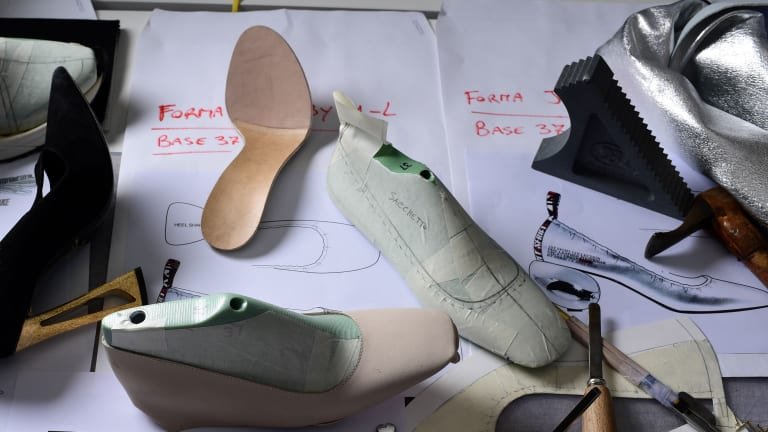
by info@old.kiwiind.com | Apr 30, 2024 | Shoes
Leather Shoe Manufacturing Process: Step-by-Step Guide
In the realm of footwear, the craft of leather shoe making stands as a testament to the fusion of tradition and innovation. While modern technology has revolutionized many aspects of manufacturing, there remains a deep reverence for the time-honored techniques that have been passed down through generations. In this exploration, we delve into the intricate dance between tradition and modernity in the leather shoe manufacturing process.
Roots of Tradition:
The art of leather shoe making dates back centuries, with roots entrenched in cultures around the world. From the cobblers of ancient civilizations to the skilled artisans of medieval Europe, the craft has evolved and adapted, drawing inspiration from diverse traditions and techniques. These time-tested methods form the foundation upon which modern leather shoe making is built.
Craftsmanship in the Modern Era:
In today’s fast-paced world, the demand for footwear is met by mass production methods that prioritize efficiency and cost-effectiveness. However, amidst the hustle and bustle of industrialization, there remains a niche for those who uphold the principles of craftsmanship and quality. These artisans, often working in small workshops or independent studios, embody the spirit of traditional leather shoe making.
The Shoe Manufacturing Process:
At the heart of traditional leather shoe making lies a meticulously choreographed process that unfolds in several stages:
Design and Pattern Making: The journey begins with the creation of a design and the development of patterns that will shape the final product. Skilled artisans translate creative concepts into technical drawings and templates, ensuring precision and attention to detail.
Materials Selection:
The choice of materials is critical in the leather shoe manufacturing process. High-quality leather, sourced from reputable suppliers like Kiwi Enterprises, forms the foundation of a well-crafted shoe. Additional components such as linings, insoles, and outsoles are carefully selected to ensure durability and comfort.
Cutting and Preparation:
Once the materials are sourced, the cutting and preparation stage begins. Using patterns as guides, craftsmen meticulously cut the leather and other components to size, taking care to minimize waste and maximize efficiency.
Assembly and Stitching:
With the components prepared, the shoe begins to take shape through assembly and stitching. Skilled artisans use traditional hand-stitching techniques or specialized machinery to join the various parts of the shoe, creating sturdy seams that withstand the test of time.
Lasting and Bottoming:
The lasting and bottoming process gives the shoe its final form and structure. The upper is stretched and shaped over a form called a last, ensuring proper fit and comfort. The outsole is then attached using adhesive or stitching methods, completing the construction of the shoe.
Finishing Touches:
The finishing touches are where the true artistry of leather shoe making shines through. Artisans carefully polish, buff, and treat the leather to enhance its appearance and longevity. Every detail, from the stitching to the laces, is meticulously inspected to ensure the highest quality standards are met.
Preserving Heritage:
In an era dominated by mass production and fast fashion, the preservation of traditional techniques in leather shoe making is more important than ever. These time-honored methods not only yield shoes of unparalleled quality and craftsmanship but also serve as a connection to our cultural heritage.
As consumers increasingly seek authenticity and sustainability in their purchases, the demand for handmade leather shoes continues to grow. Artisans who uphold the traditions of their craft play a vital role in meeting this demand, offering footwear that tells a story of craftsmanship, tradition, and timeless elegance.
In conclusion, traditional techniques in modern leather shoe making represent a delicate balance between the old and the new, the past and the present. By honoring the heritage of the craft while embracing innovation, artisans ensure that the art of leather shoe making remains alive and thriving in the ever-evolving world of fashion and manufacturing.




